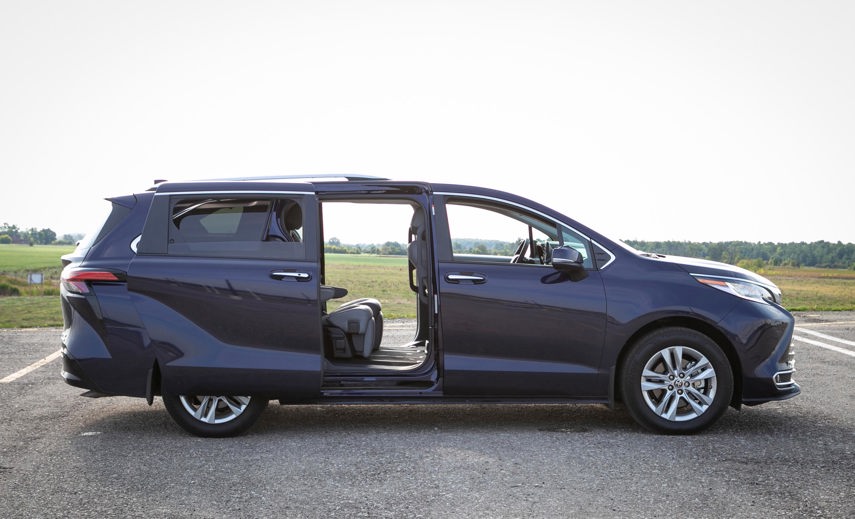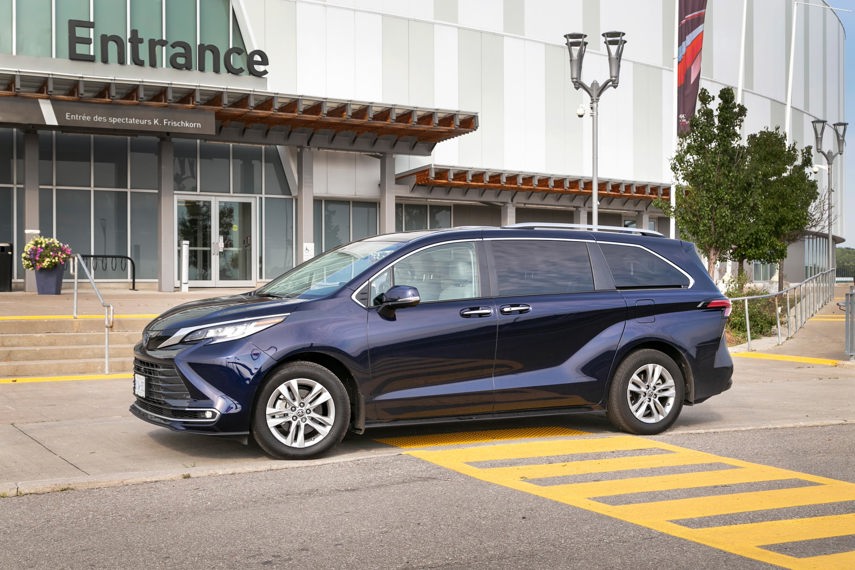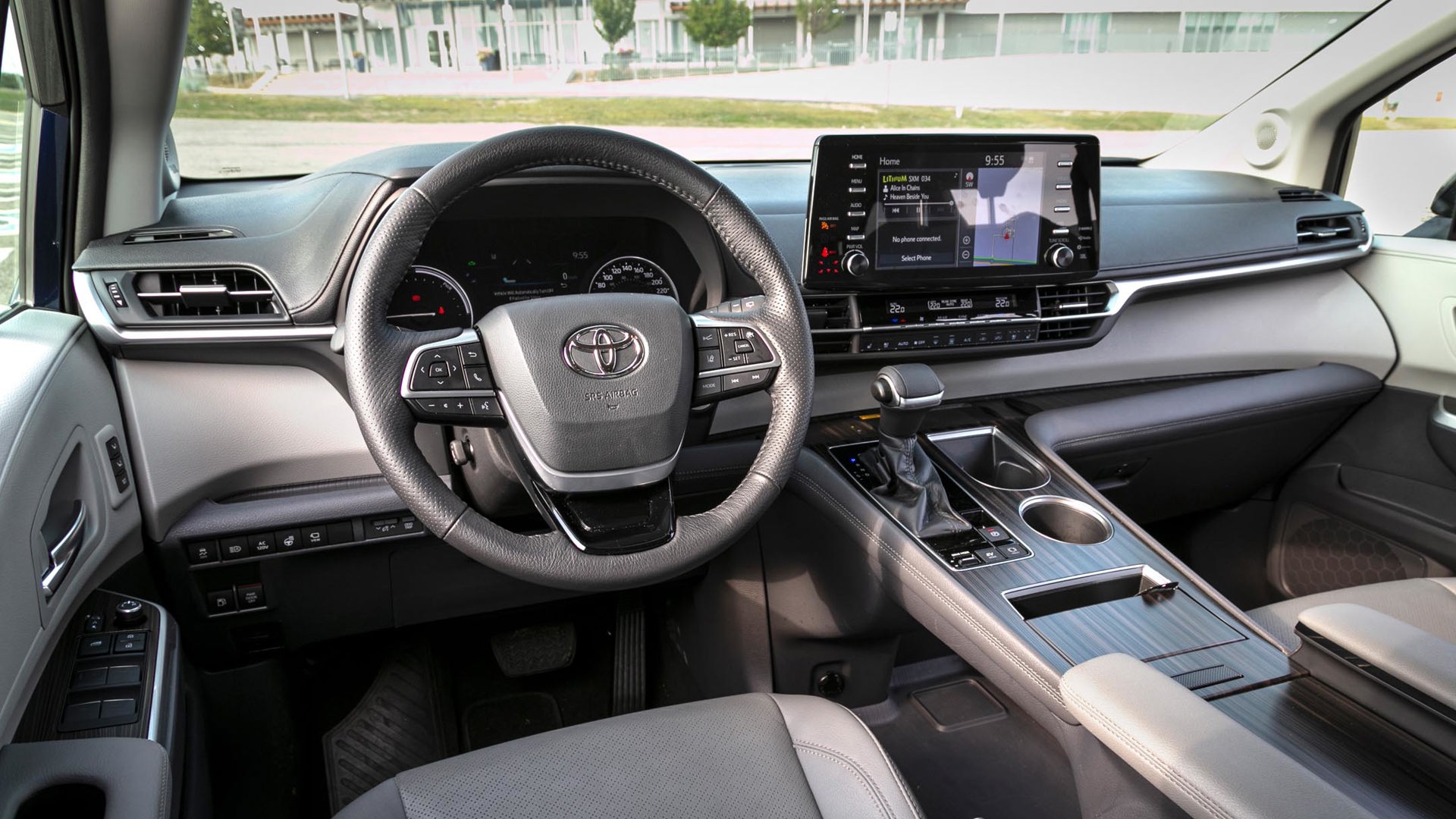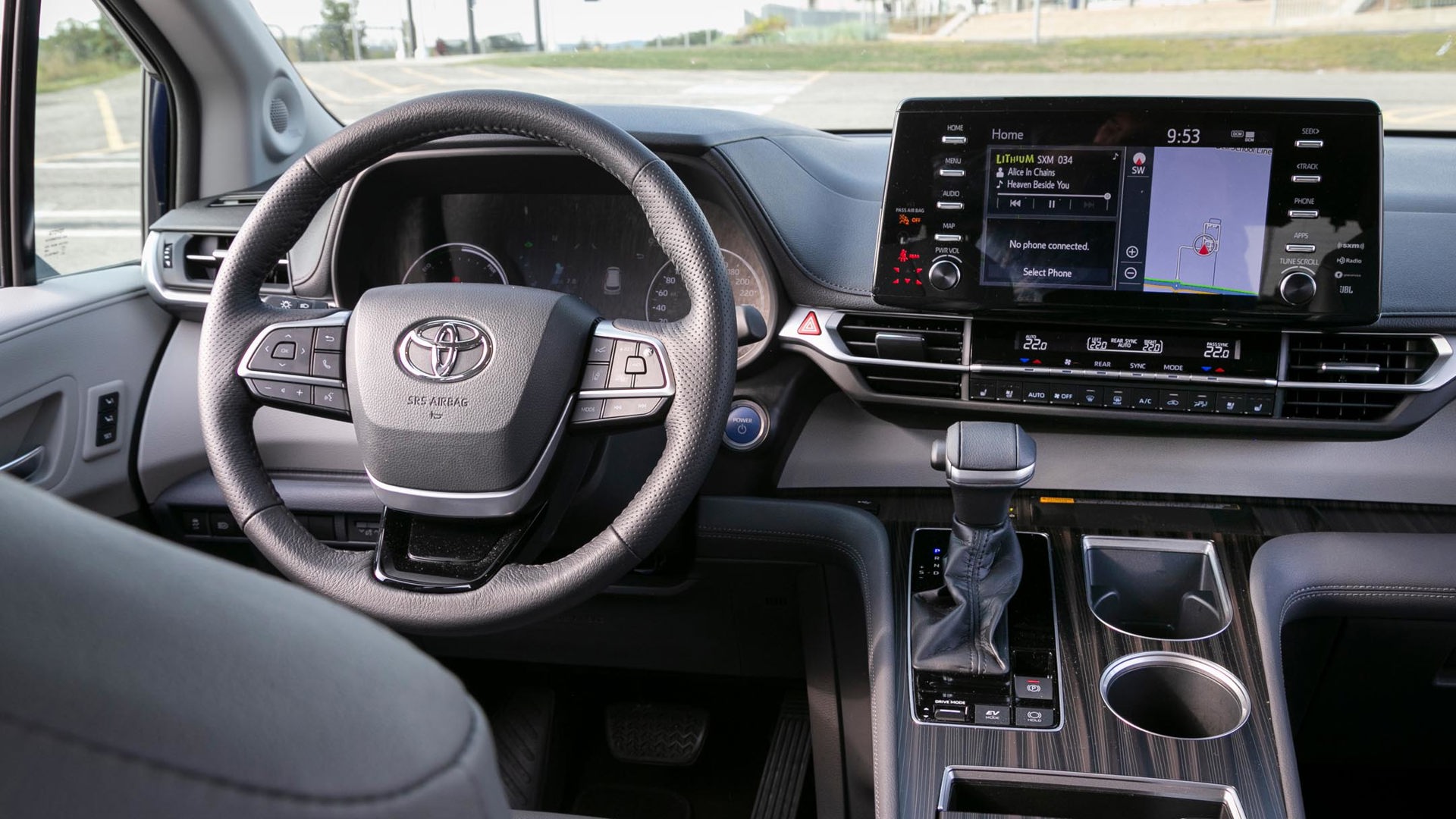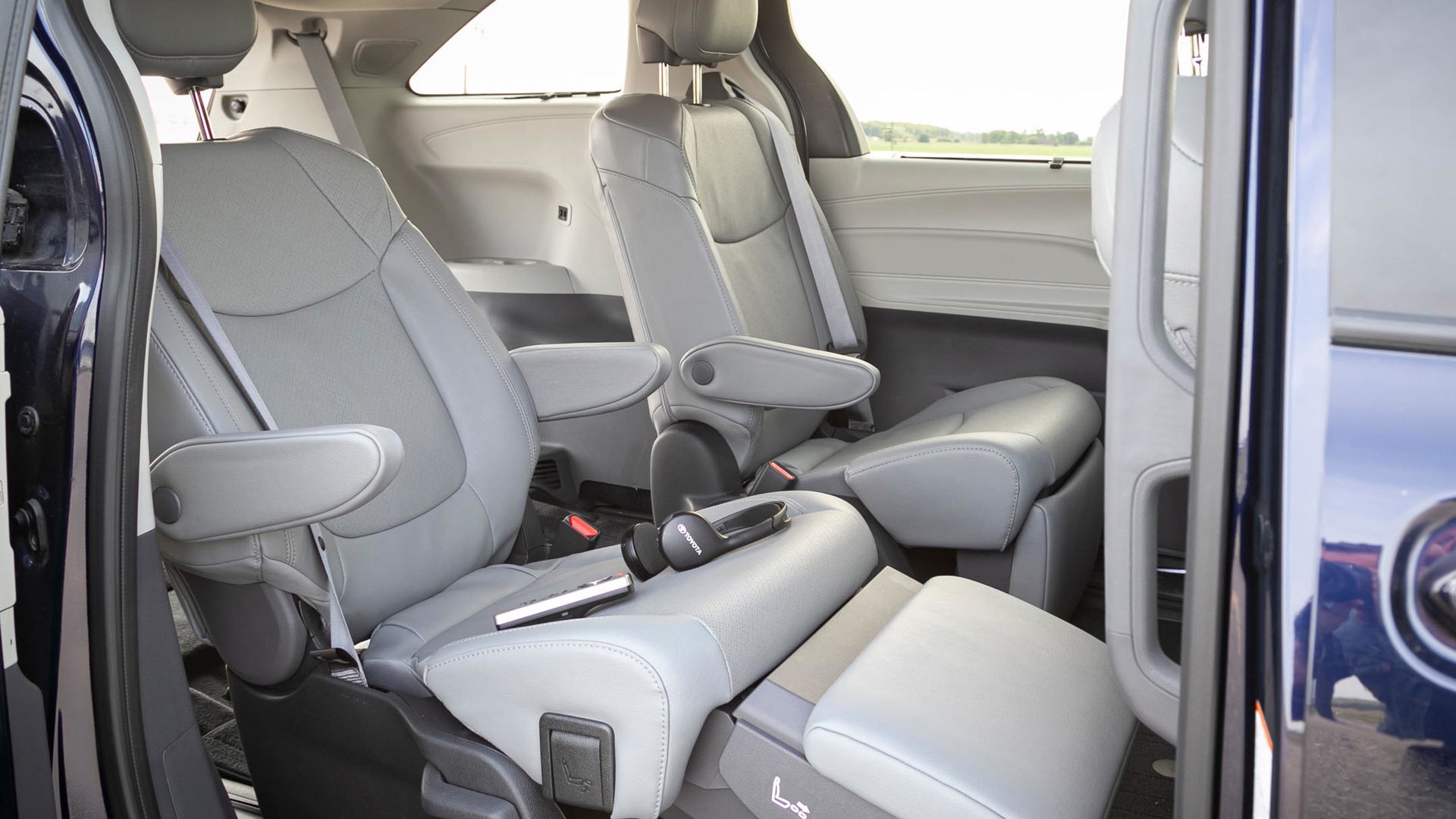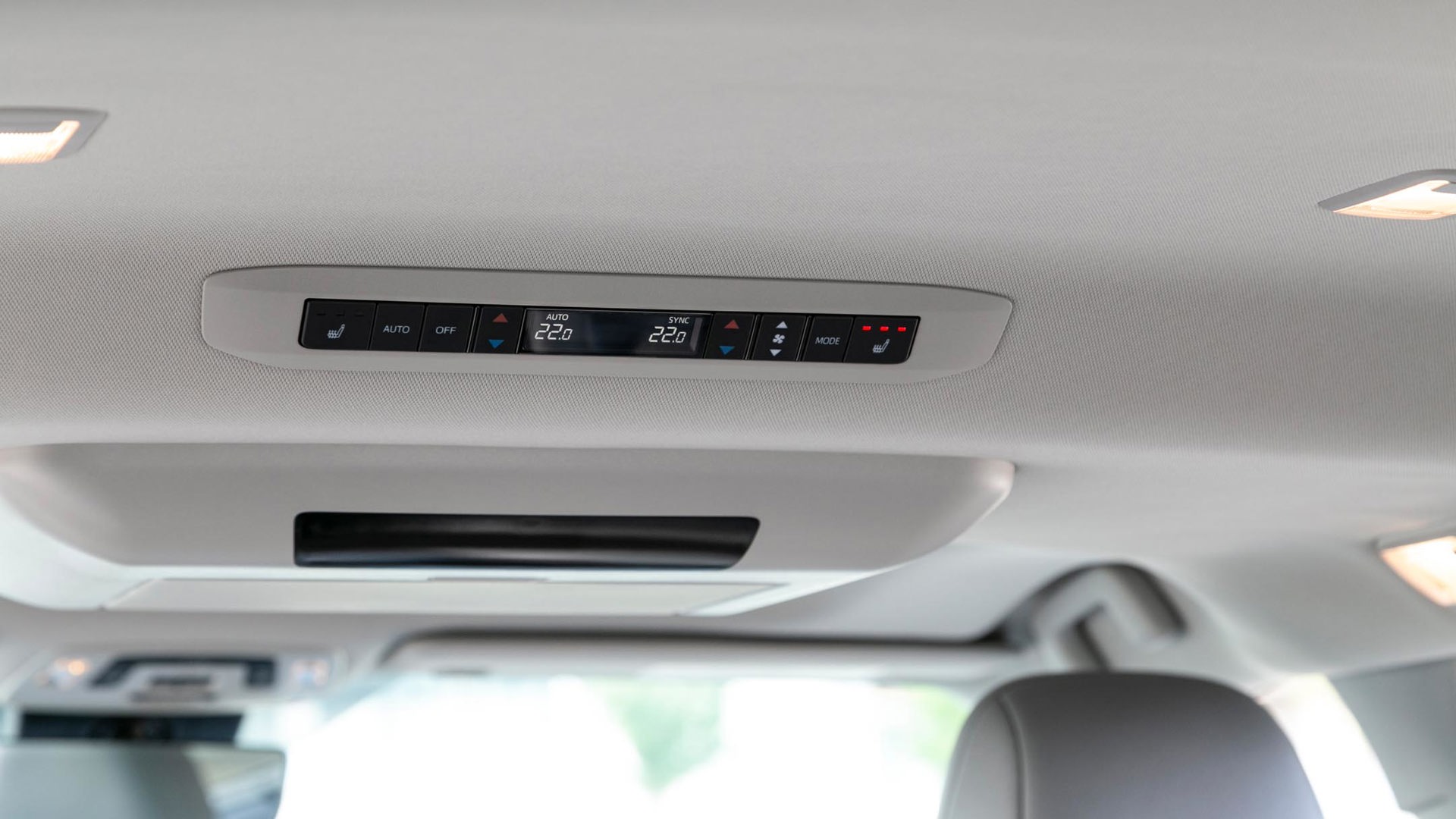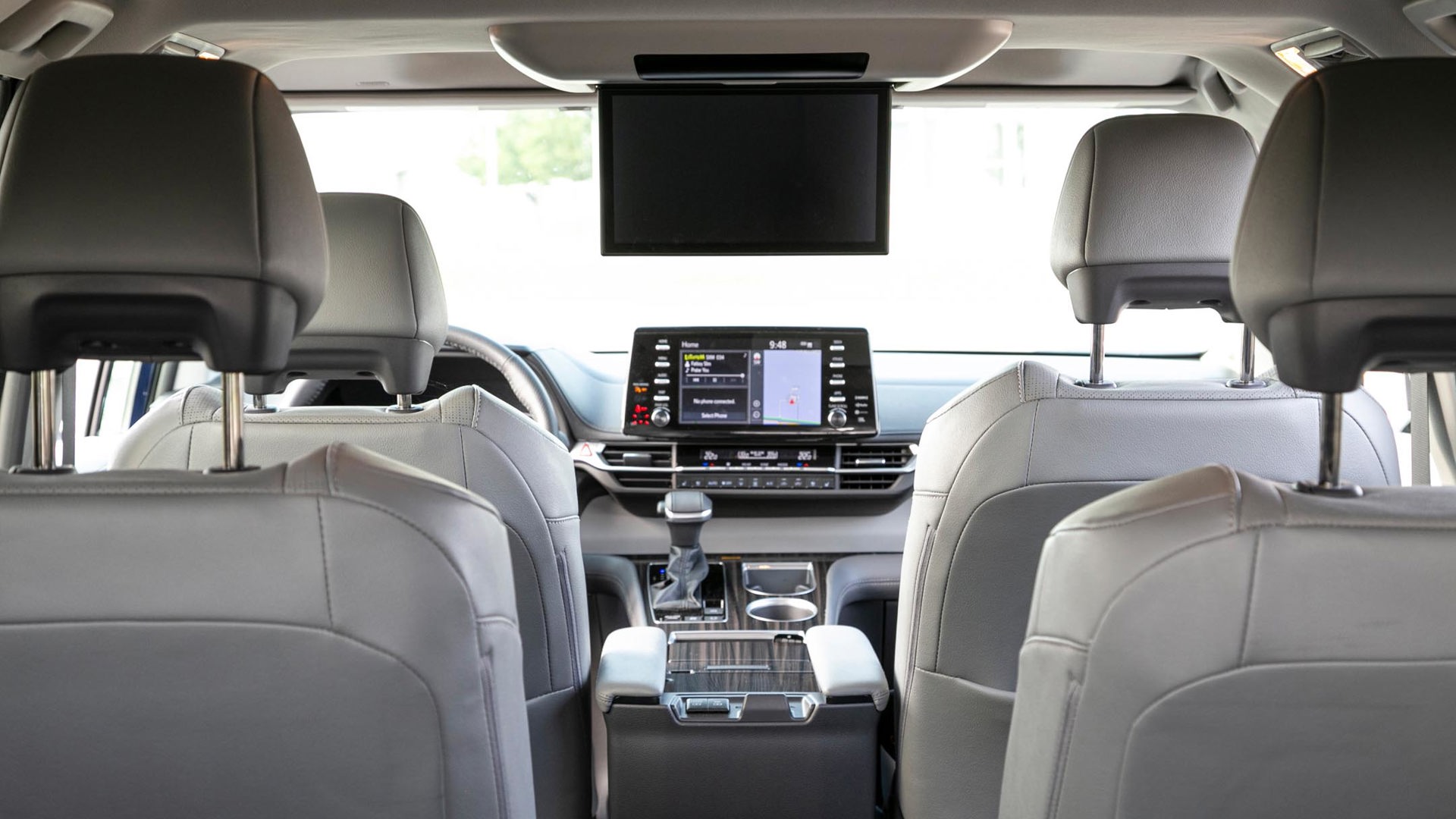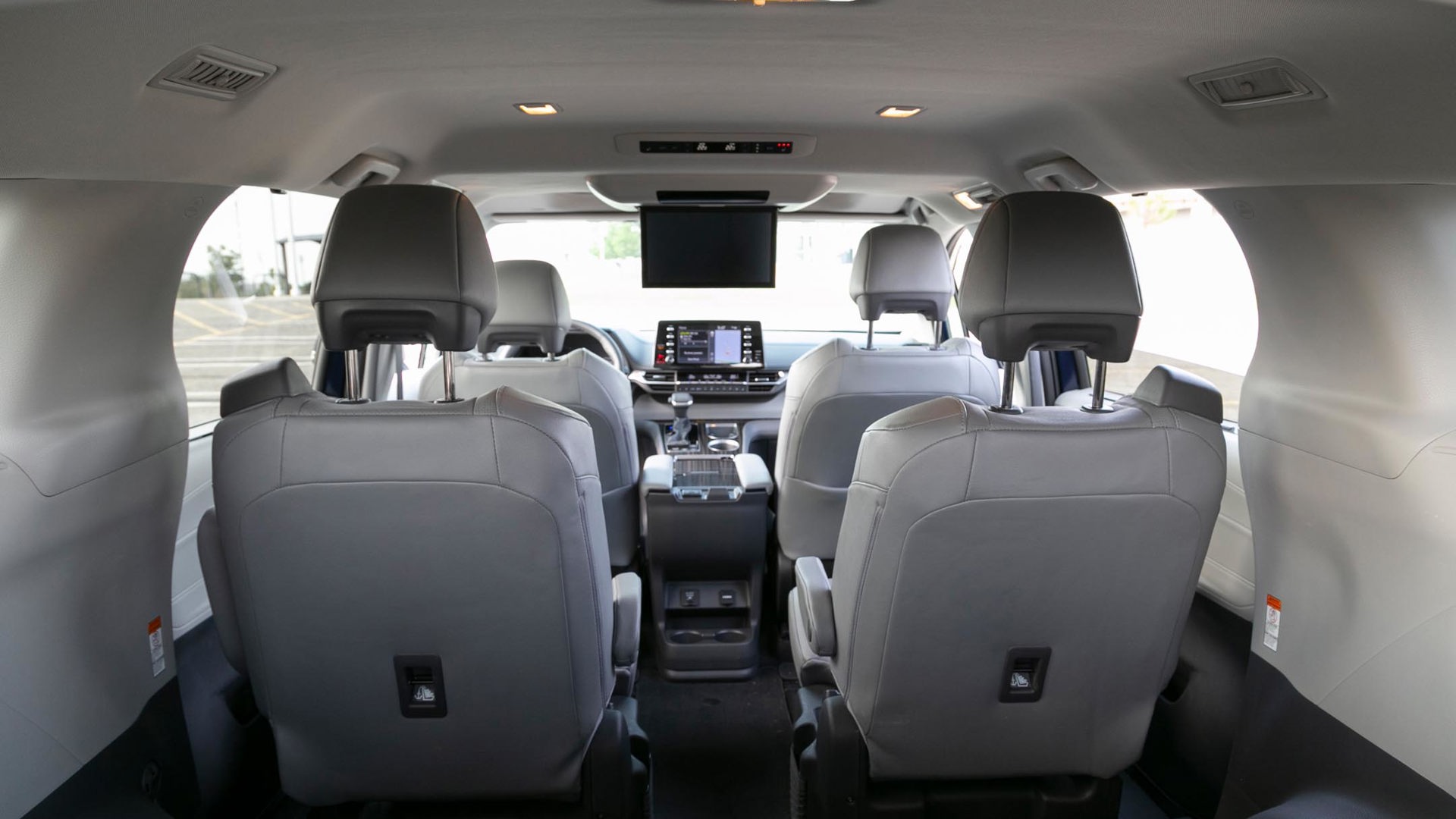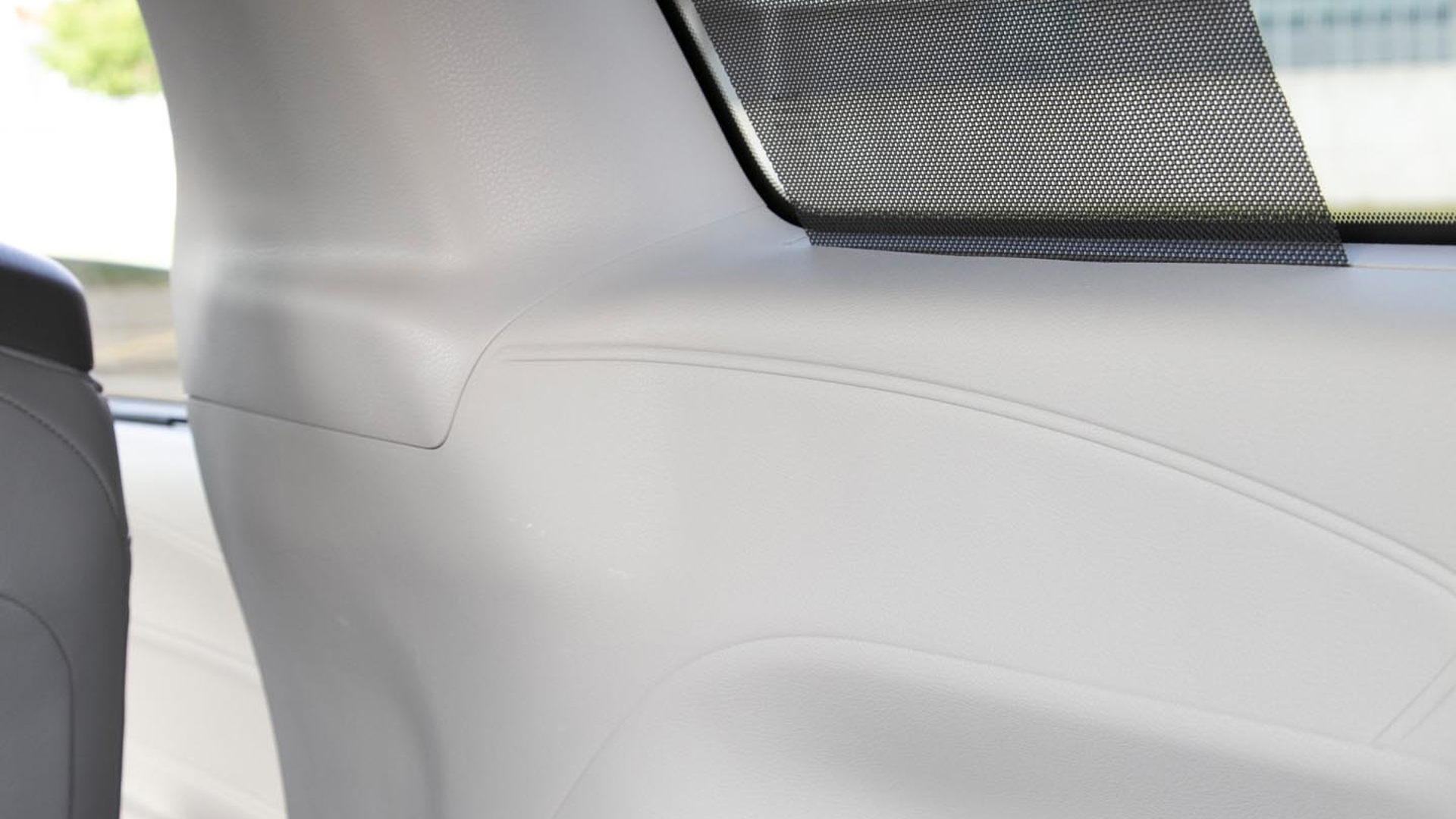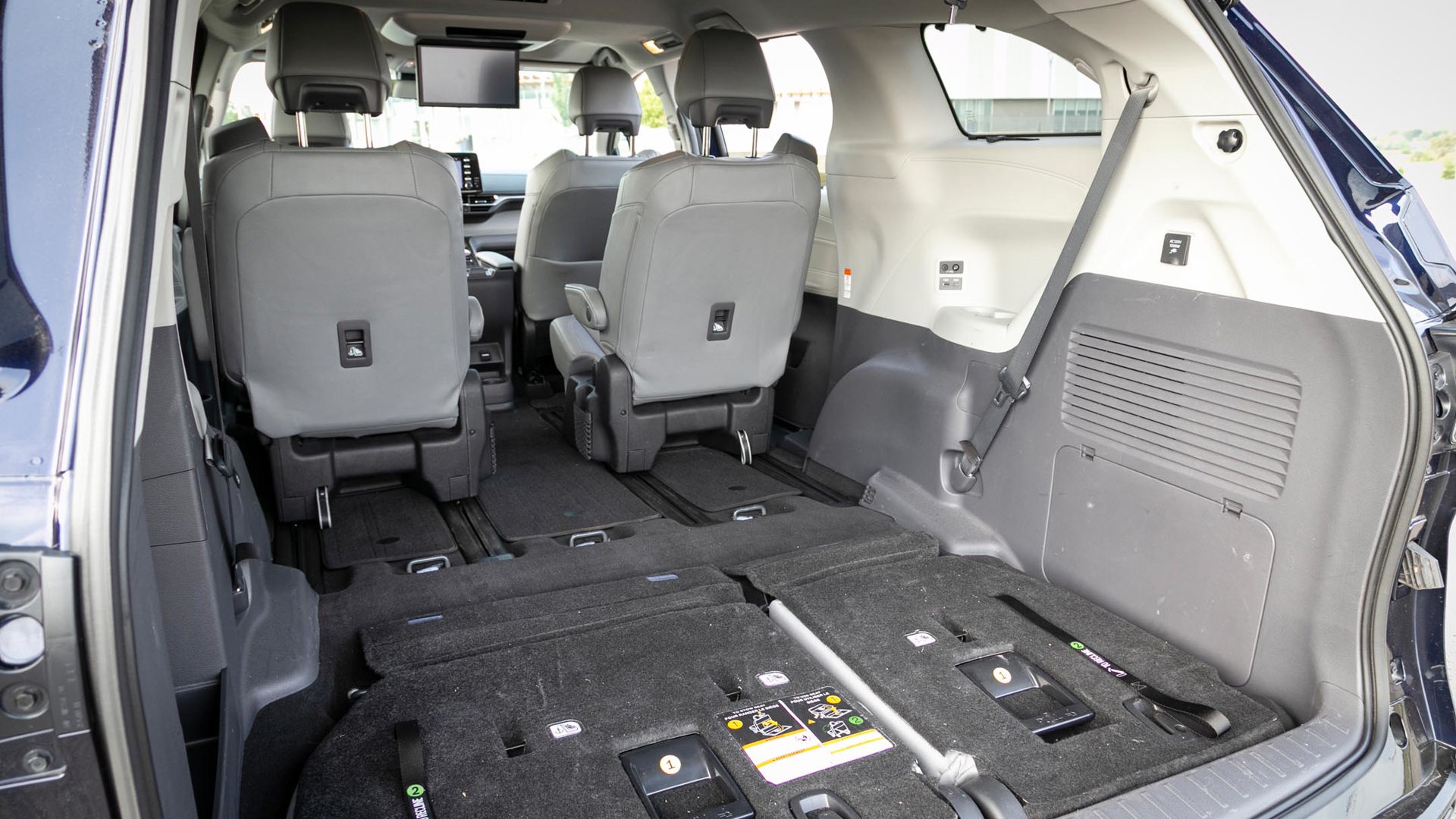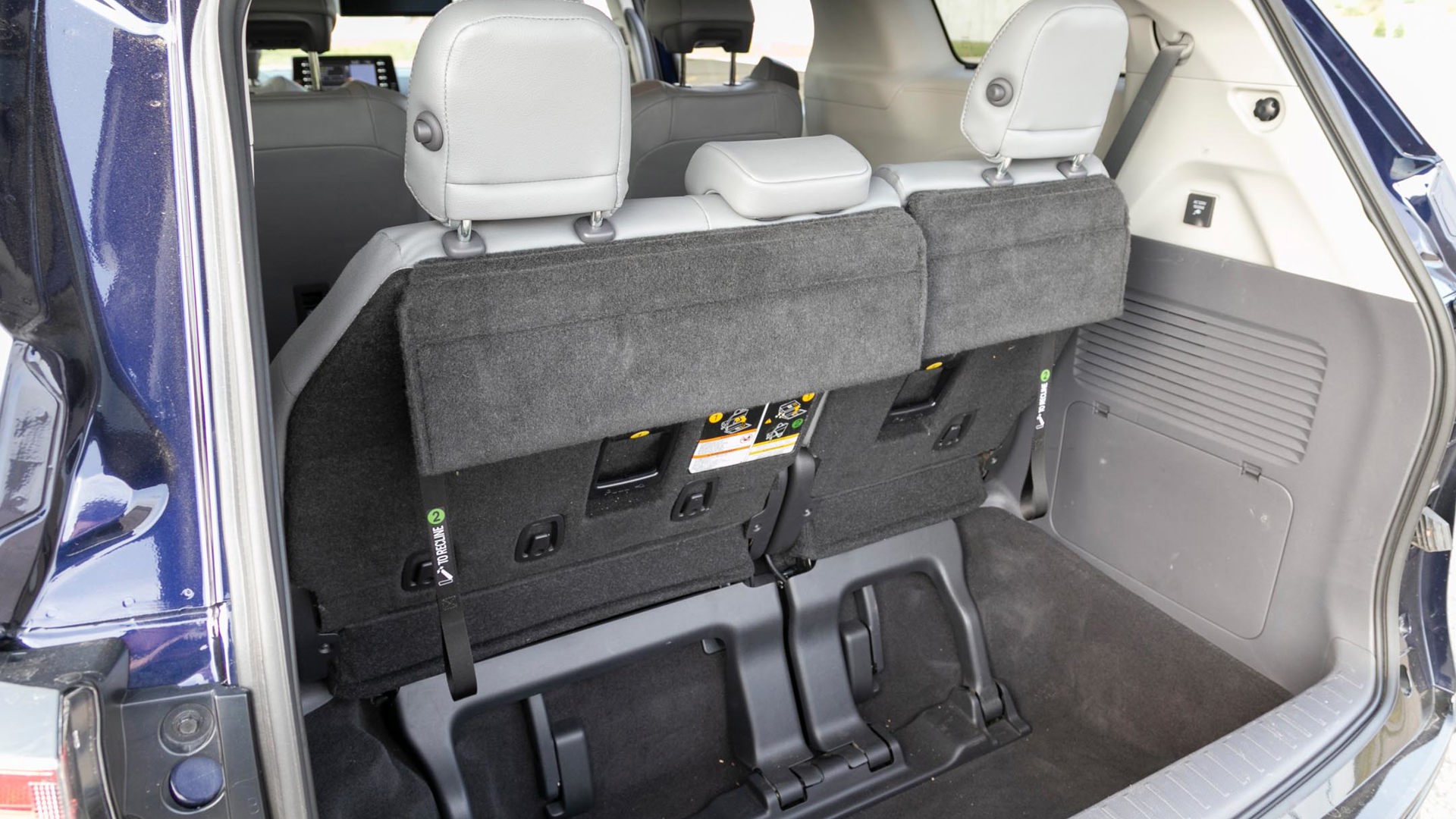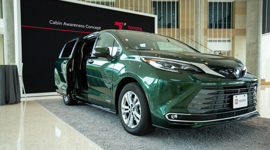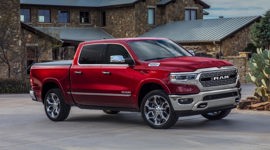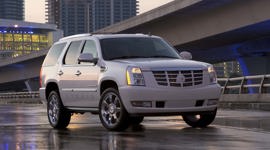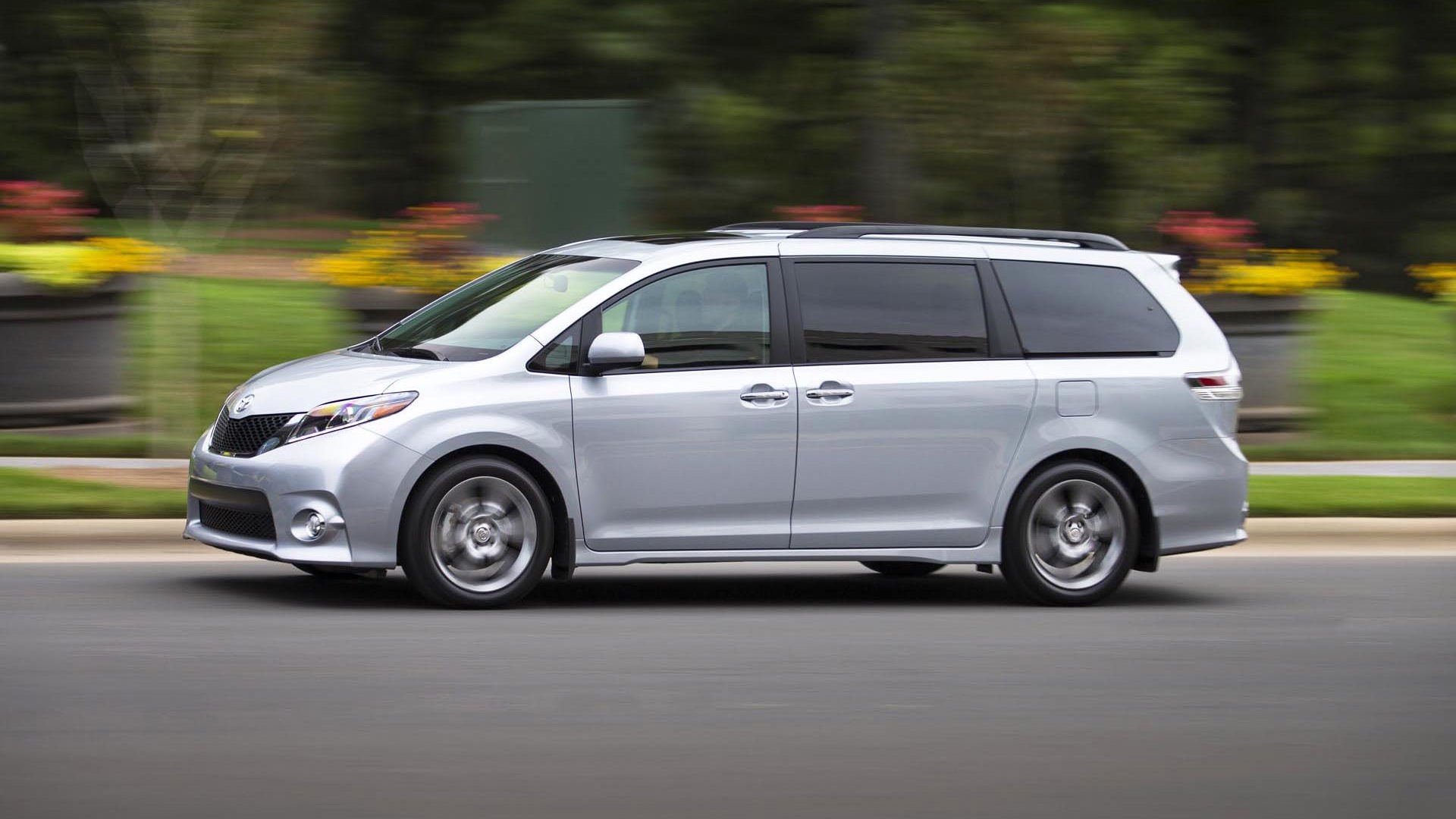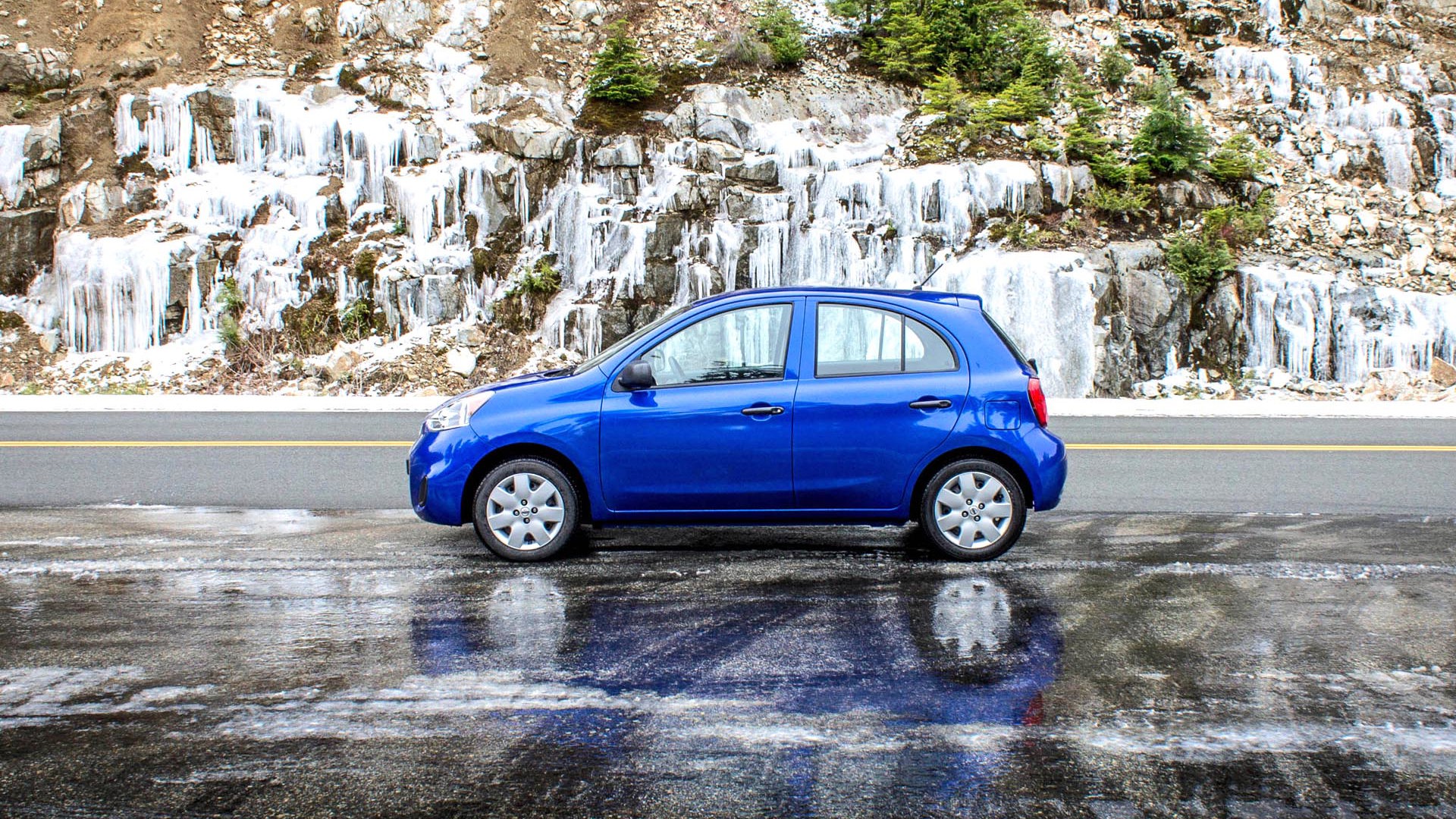The general masses have made it clear that they want crossover SUVs even when minivans make more sense. Those boxy beasts of burden are the superior way to transport people and things, and yet many drivers continue clinging to the belief that they need an SUV’s extra half-inch of ground clearance or plastic body mouldings to navigate the gravel laneway to the cottage. Amusingly, many of those presumably “more macho” crossovers share their all-wheel drive platform and drivetrain with a minivan anyway, but the thought of taking their own kids to hockey practice in the same sort of vehicle their parents did must simply be too much to bear.
So, if families aren’t interested, professionals should be. Putting a greater focus on pragmatism than emotion makes good business sense, and the minivan offers too many practical benefits to be ignored especially by those needing to move people and things with comfort on a regular basis.
Passenger-focused amenities
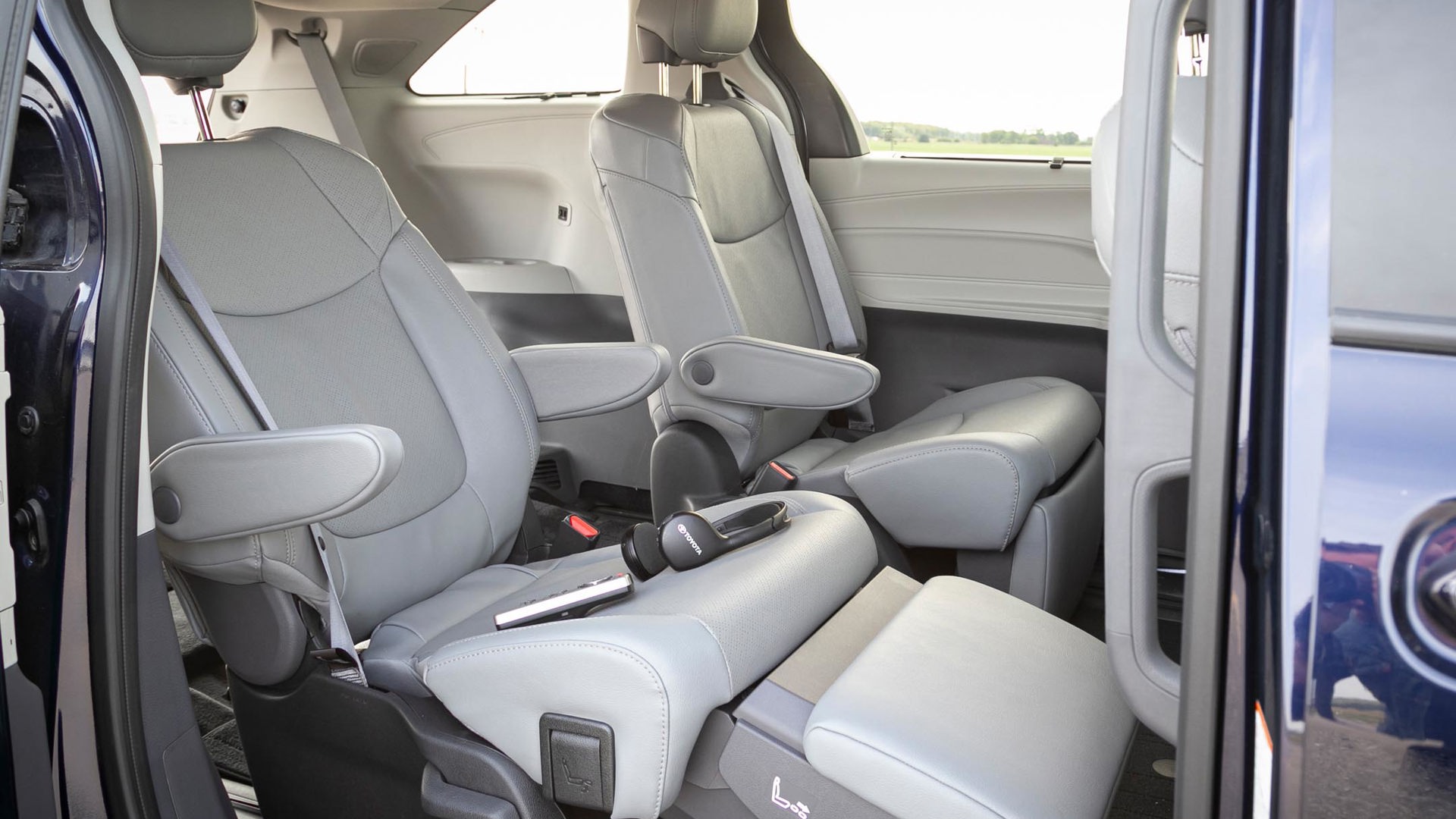
It’s no coincidence that the same week a Toyota Sienna showed up in my driveway for review was the same week I needed to get a video crew to Ottawa and back. Despite an available bounty of lavish SUVs on the market, the van simply appealed more than any of those fuel-thirstier alternatives.
With four captain’s chairs, there’s no need to “call shotgun” for the front passenger seat since everyone gets the same comfortable, heated throne and loads of space. In examples like the Sienna Limited and Kia’s top-trim Carnival minivan, second-row buckets are preferred for their business class-style rising footrests and wide-screen displays.
Chrysler’s Pacifica Pinnacle offers decadent throw pillows for the second-row seats, and the Nappa leather finishes rival some of the finest luxury machines.
It’s also about passenger-focused amenities like ample plug-in spots and multi-zone climate controls ensuring everyone rides at their preferred temperature. For the Sienna, even the third-row occupants get their own controls. Top it off with individualized reading lamps, clever storage nooks, drink holders, and enormous panoramic sunroofs that are staples in most premium vans, and professionals can easily ensure clients’ wants are met.
Space
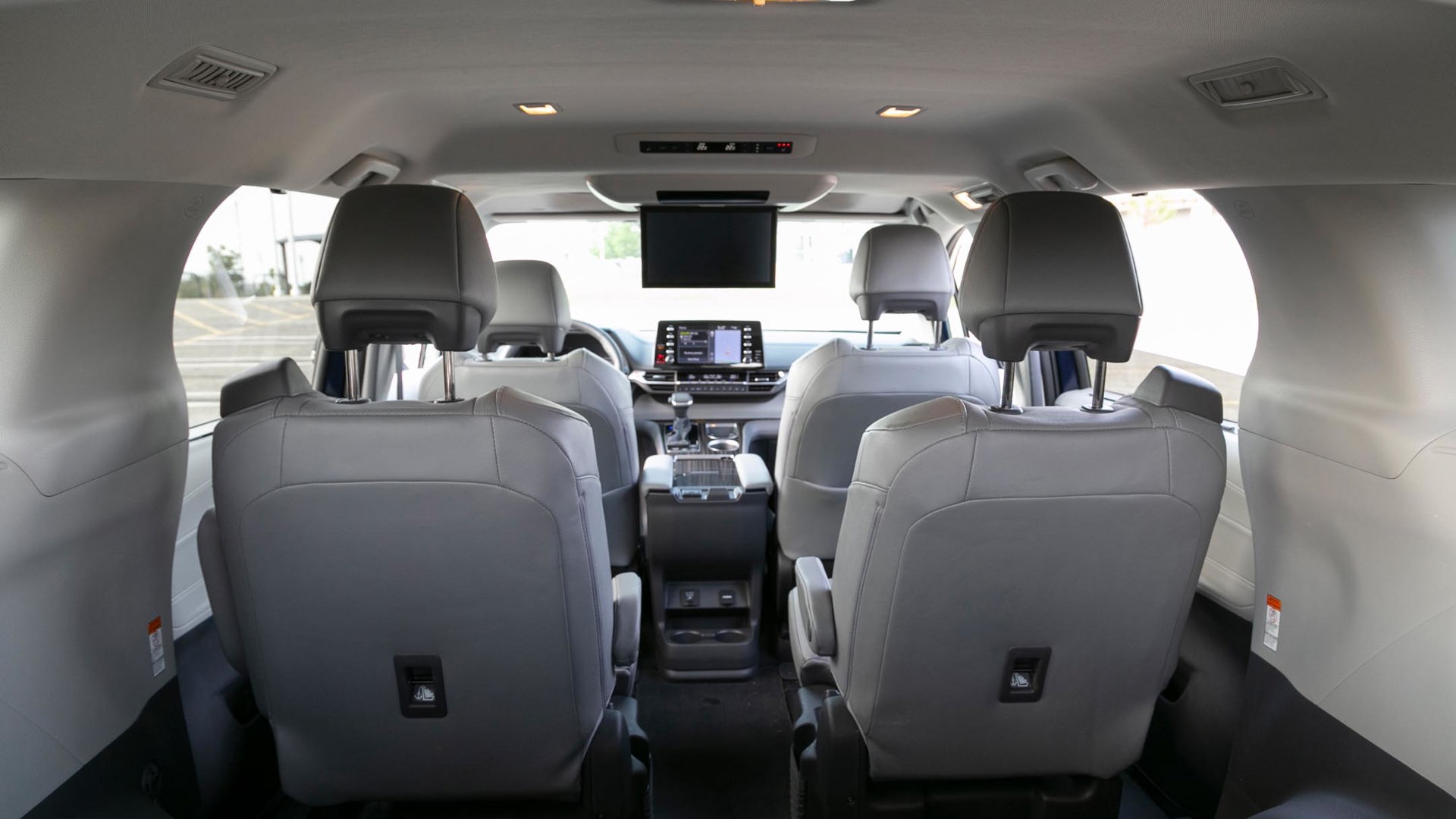
The greatest benefit of a minivan is its unmatched space utilization. Without conforming to the styling constraints of making a either sleek or macho-looking SUV, the minivan can embrace its boxy shape to the full advantage of its occupants. Large side glass and sunroofs coupled with a tall roof line give minivan cabins a very open and airy feel. The rear door windows are enormous rectangular openings to outdoor scenery, and, unlike vans from our youth, the windows roll down into the door, ensuring fresh air is only a button push away.
While the second-row seats in many mid-sized SUVs offer some fore and aft movement, modern minivans take it to another level. The Sienna’s second row can slide back far enough that an average-sized adult can extend his or her legs outright directly without hitting the seat in front.
But it’s the third-row seating that really affords the greater benefit with both headroom and rear legroom in even the smallest contemporary minivan equalling or surpassing that of a full-sized SUV like the Chevrolet Tahoe or Ford Expedition. When whisking clients between engagements, having room in all rows for adult occupants can be crucial.
Similarly, with all three rows of seats occupied, minivans offer more than 900 L of cargo capacity, ensuring all those passengers actually have somewhere to put their luggage. Midsize and standard-length large SUVs offer far less. All contemporary minivans have slick, easy-to-use third-row seats that drop into a recess, creating a flat, expansive cargo area when all three rows aren’t needed.
Convenience
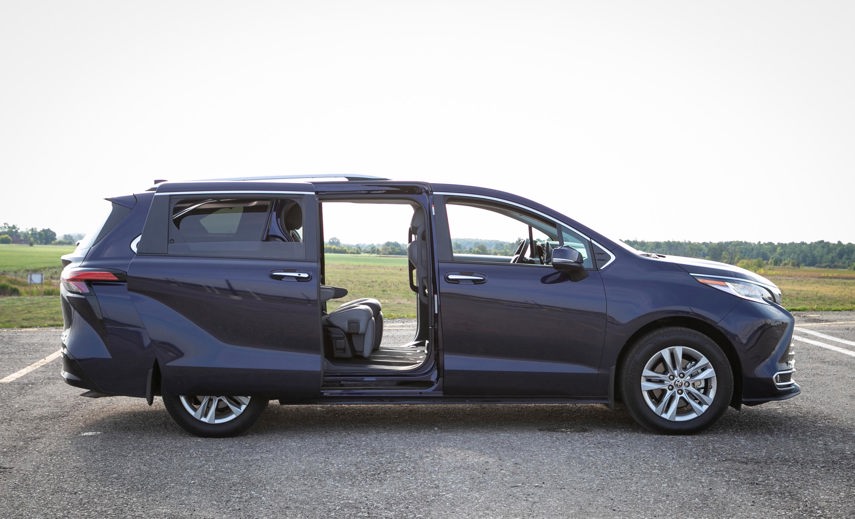
Beyond the vast cargo space, the minivan’s ride height provides a notably lower load floor than mid-size or large SUVs. When loading bulky and heavy items (like video production cases), not having to lift it any higher than necessary, nor through awkwardly shaped openings can be a god-send. Here again, the shape of the minivan works in its favour providing a truly usable cargo space.
And it’s not just the square cargo opening that’s useful, but the convenience of the rear side sliding doors cannot be overstated. Not only is the opening itself large enough to allow easy ingress to the second row, but it maximizes the ease with which passengers can access the third row – an undignified feat in most SUVs thanks to the shape and size of the rear doors.
What’s more, those sliding doors are power-actuated in all of the premium trim minivans, making it easier to climb in and out even when space around the vehicle is tight. Plus, thanks to power actuation on all the premium-trim vans, it’s completely effortless to open and close the doors, even when parked on a slope. It’s the sort of practical luxury that passengers and hired drivers alike will appreciate.
Fiscal Responsibility
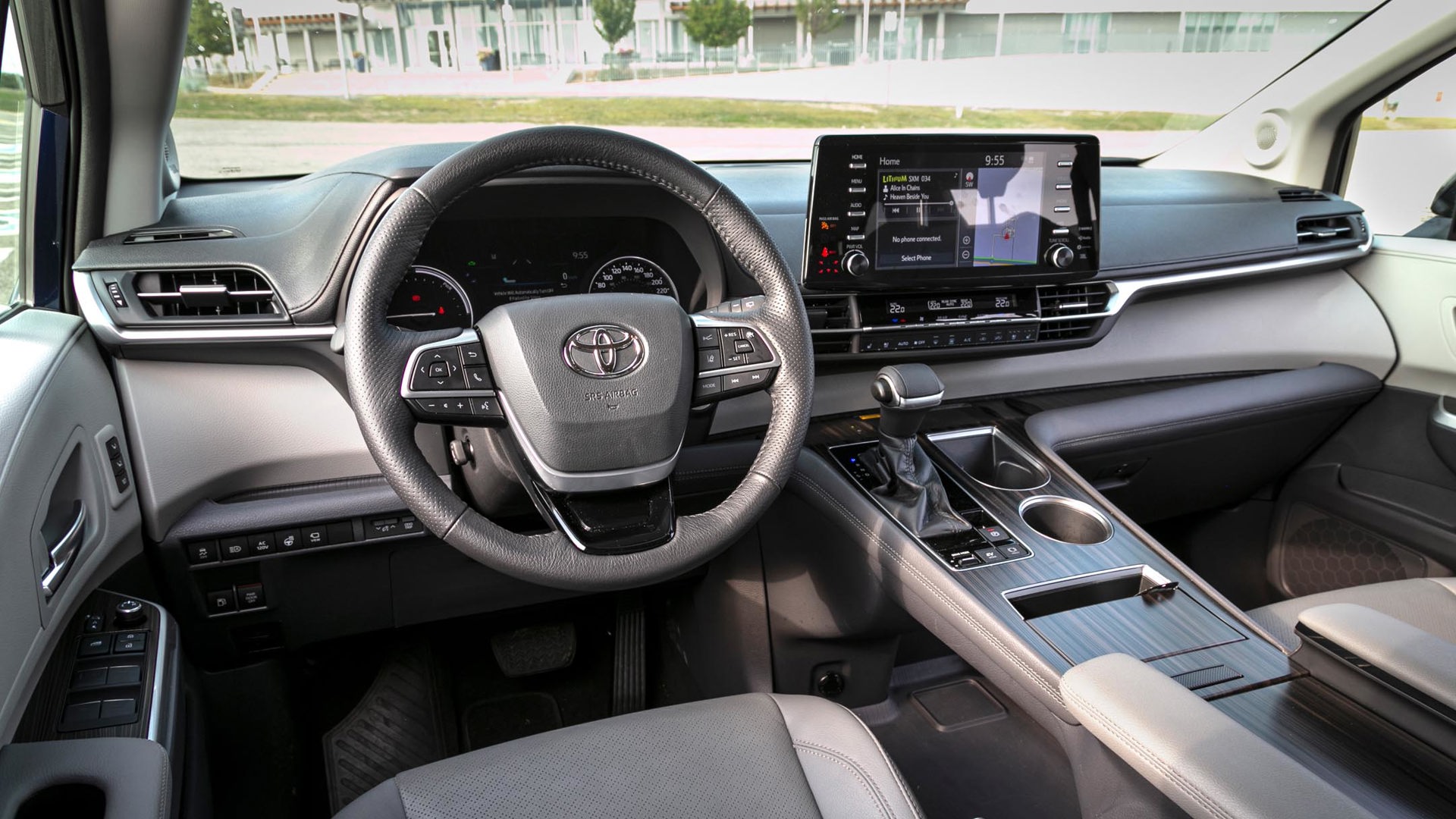
While Toyota’s Sienna is the exception to the rule, costing slightly more than its equivalent Highlander cousin, other vans in the segment are more affordable than their midsized SUV counterparts. But their practical space puts minivans in competition not just with mid-sized SUVs but full-size units, too. Companies purchasing fleets of high-spec full-size SUVs like the Yukon Denali or Ford Expedition are spending upwards of $20,000 to $30,000 more for comparably equipped machines. While those larger trucks offer more power, ground clearance, and towing capability, those are traits of limited usefulness for many livery service applications.
When compared to full-sized SUVs, the fuel savings are also significant. A Yukon Denali’s combined consumption average is 65 per cent higher than the hybrid Toyota Sienna’s, equating to what could be several thousand dollars per year in additional fuel costs.
Image
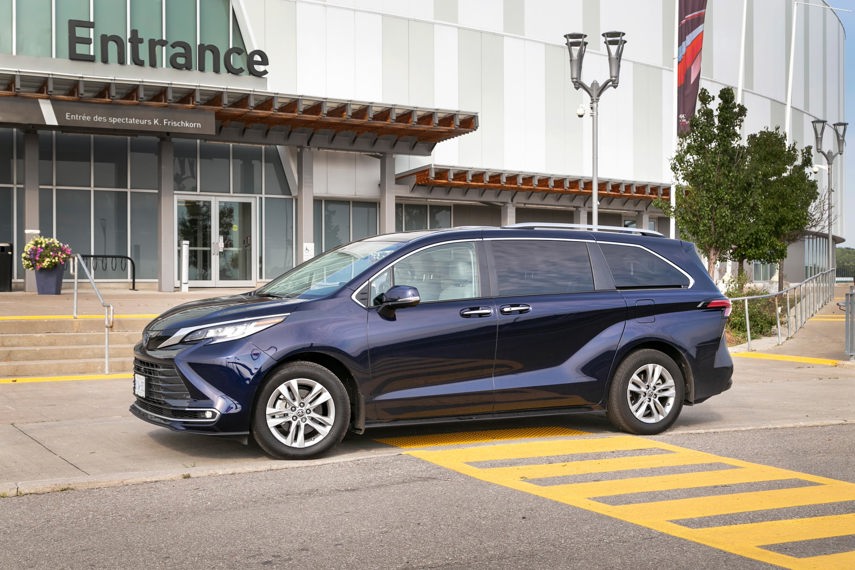
Even the issue of the minivan’s frumpy North American image has the potential to shift. For years, Toyota in particular, has found success in building and marketing minivans as genuine luxury vehicles, with the Alphard and Vellfire having achieved truly desirable status in many parts of the world. More recently, the Lexus LM was aimed squarely at urban executives, and is designed to be a chauffeur-driven limousine offering not only exceptional passenger space and comfort for business meetings on the move, but also an impressive way to transport an affluent urbanite and a date for a formal evening out after business hours.
The minivan is recognized by captains of industry outside Asia, too, as Russia and markets in the Middle East have also embraced the merits of the Alphard, Vellfire, and LM. Mercedes-Benz, too, has had considerable global success with its V-Class, often customized to proper limo-like finishes. Sadly, although offered in Canada and the U.S. markets as the Metris, the V-Class is scheduled to be discontinued after 2023 due to poor sales performance.
Upscale offerings like the Chrysler Pacifica Pinnacle, Kia Carnival SX, and Toyota Sienna Limited suggest there’s still hope that some savvy Canadian consumers recognize the merits of a posh van. By affording functional luxury to passengers, highly usable cargo holds, and economic sense, business owners with a need to move people and things would do well to make a move away from full-size SUVs and try minivans in their fleets.
